July 31, 2019 - Ranger is a broad term for the people who work on public lands around the world. Their responsibilities include protecting wildlife, landscapes and the people who visit them. Rangers can fill the role of law enforcement officers, scientists, firefighters, history teachers and much more. Depending on where they serve, rangers are often faced with difficult and dangerous tasks.
For World Ranger Day, we salute Interior’s men and women who give so much to the people and the planet.
“Though small in number, their influence is large. Many and long are the duties heaped upon their shoulders. If a trail is to be blazed, it is "send a ranger." If an animal is floundering in the snow, a ranger is sent to pull him out; if a bear is in the hotel, if a fire threatens a forest, if someone is to be saved, it is "send a ranger." If a Dude wants to know the why of Nature's ways, if a Sagebrusher is puzzled about a road, his first thought is, "ask a ranger." Everything the ranger knows, he will tell you, except about himself.”-- Stephen T. Mather, First Director of the National Park Service
Harry Yount -- Blazing a trail for park rangers
After serving in the Union Army during the Civil War, Harry Yount worked as a hunter, trapper and guide in several western territories. Hired by expeditions from the Department of the Interior and the Smithsonian Institution, Yount became an expert on the newly established Yellowstone National Park. When funding allowed, he was hired as the park’s first “gamekeeper.” Independent, resourceful and familiar with the natural processes surrounding him, Yount became a model for the national park ranger. Realizing the job of protecting the park’s wildlife and assisting visitors was more than a one-man job, Yount proposed the creation of a ranger force, cementing his place as the “father of the ranger service.” In 1994 the National Park Service established the Harry Yount Award, given to employees whose, "overall impact, record of accomplishments, and excellence in traditional ranger duties have created an appreciation for the park ranger profession on the part of the public and other members of the profession."
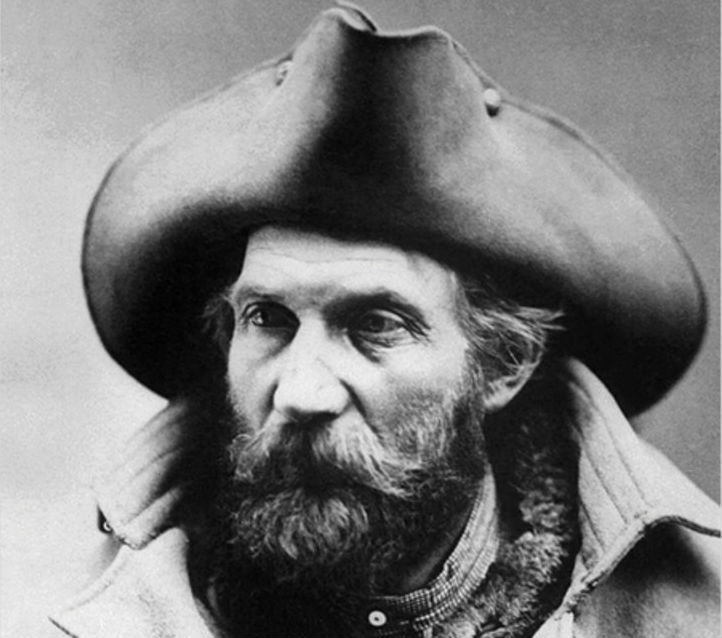
Harry Yount. Photo from National Park Service Archives.
Clare Marie Hodges -- Leading the way as the first woman ranger
Clare Marie Hodges, the first woman national park ranger, gained a love for the outdoors during a four-day horseback ride to Yosemite Valley in 1904 when she was 14 years old. While teaching in the Yosemite Valley School, she heard about the difficulty the park was having finding men to work as rangers due to World War I. In the spring of 1918, she got a job taking the gate receipts from Tuolumne Meadows to park headquarters, an overnight ride on horseback. Combining the traditional ranger hat with a woman’s split riding skirt, she sometimes confused people who couldn’t understand why a woman was wearing a ranger’s badge. Though she only served one summer as a ranger, Hodges remained in the Yosemite area the rest of her life, ranching and working as a nature guide.
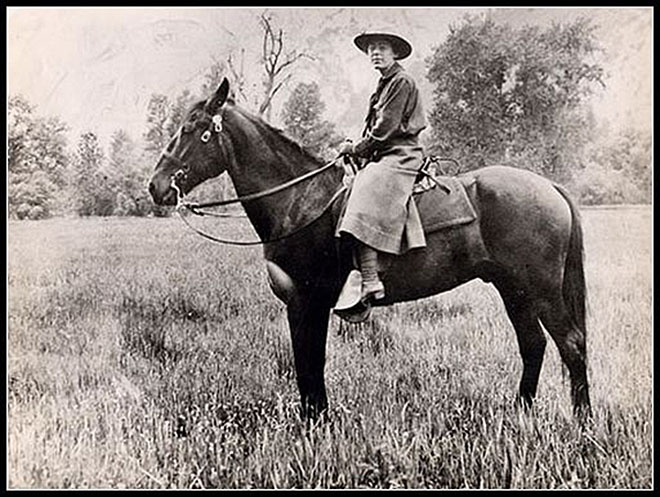
Clare Marie Hodges sits on horseback in split riding skirt. Photo by National Park Service.
Bruce Butler - Making a difference to visitors
Growing up as a Boy Scout, Bruce Butler developed a lifelong passion of protecting wildlife and wild places. He has served as a federal wildlife officer for the U.S. Fish and Wildlife Service for over 13 years. When it comes to interacting with visitors at national wildlife refuges, Butler believes that education is the key. Whether enforcing manatee speed zones in Florida or preserving critical nesting grounds for endangered birds in Puerto Rico, he’d rather start with a lesson on conservation than with a citation. Always ready to share his knowledge and passion, Bulter encourages everyone to visit a nearby refuge and learn all they can. Seeing people enjoying public lands and creating ambassadors for our natural resources so that they can be around for future generations makes it all worthwhile to this dedicated officer.
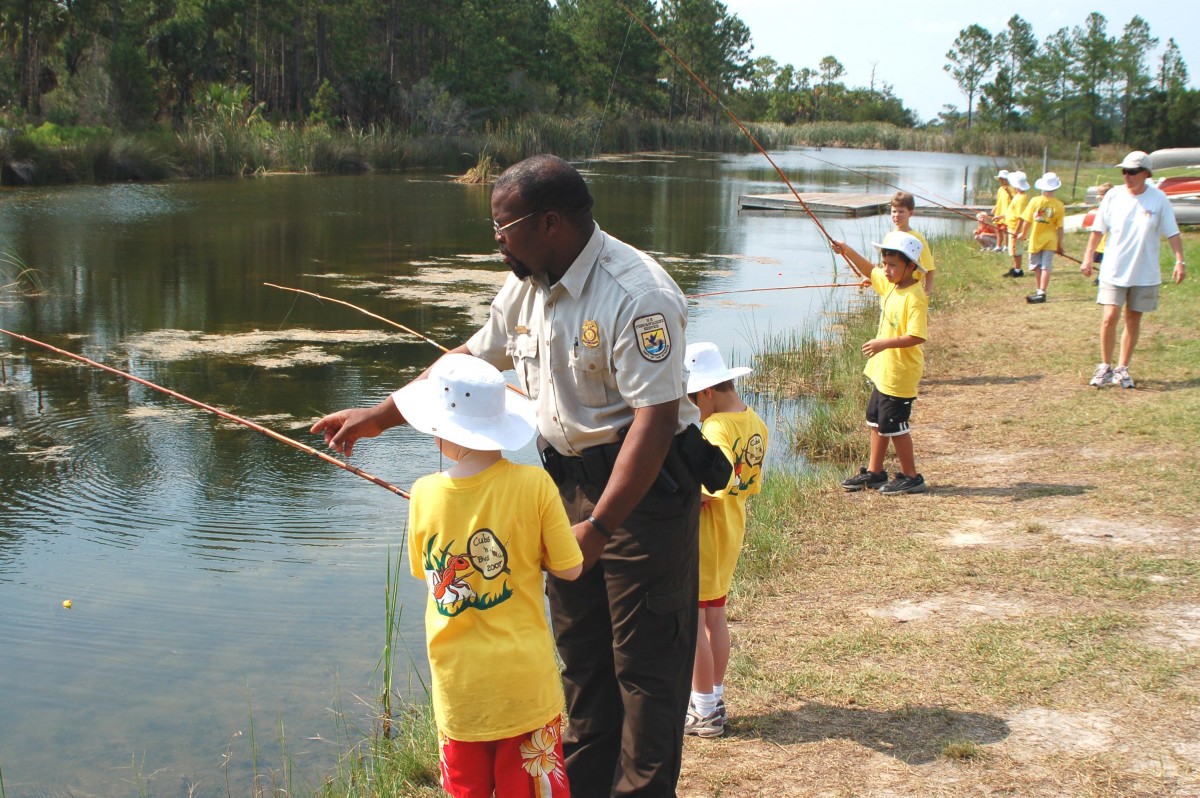 Butler inspires the next generation of Boy Scouts by leading a fishing program. Photo by U.S. Fish and Wildlife Service.
Butler inspires the next generation of Boy Scouts by leading a fishing program. Photo by U.S. Fish and Wildlife Service.
Betty Reid Soskin -- Sharing her wisdom with the world
At 96 years old, Betty Reid Soskin is the oldest active ranger in the National Park Service. In 2000, Soskin was working for the California State Assembly and joined the commission charged with creating Rosie the Riveter WWII Home Front National Historical Park. Sharing her experiences working for a segregated labor union during the war, Soskin added a unique perspective to how the new park would tell the story of the homefront. While white women took jobs as riveters, Soskin was denied the opportunity because of the color of her skin. Building on that powerful connection, she joined the staff at the park and continues to inspire thousands of people a year with her presentations.
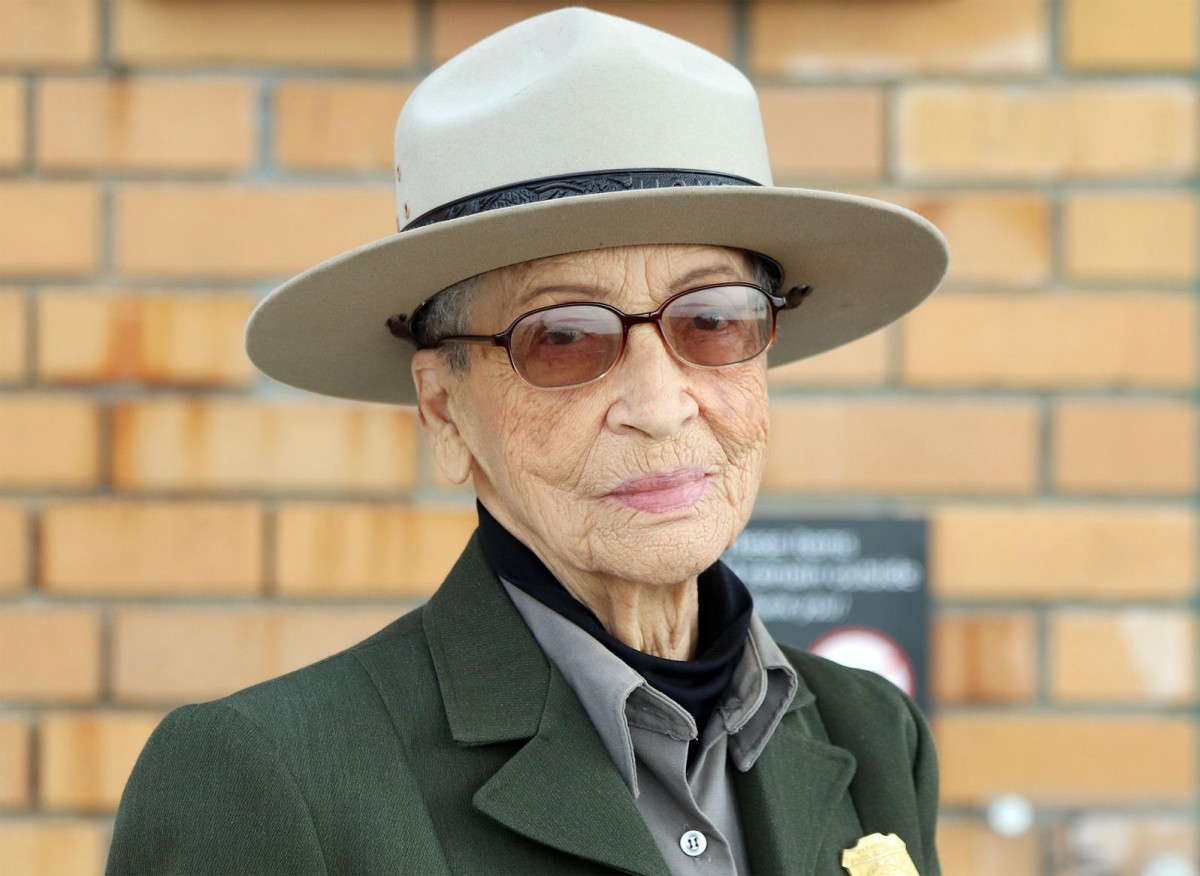 Betty Reid Soskin. Photo by National Park Service.
Betty Reid Soskin. Photo by National Park Service.
Roy Sullivan -- An electrifying career at Shenandoah
Roy Sullivan was born in the mountains of Virginia and never left. He was at home in the forest and on the trail, his connection to nature was undeniable. Unfortunately, sometimes nature got a little too close. In his life -- including 36 years as a ranger at Shenandoah National Park -- Sullivan was struck by lightning seven times. Suffering severe burns, scorched hair and hearing loss, the “spark ranger” earned a lasting reputation in the National Park Service and a listing in the Guiness Book of World Records.
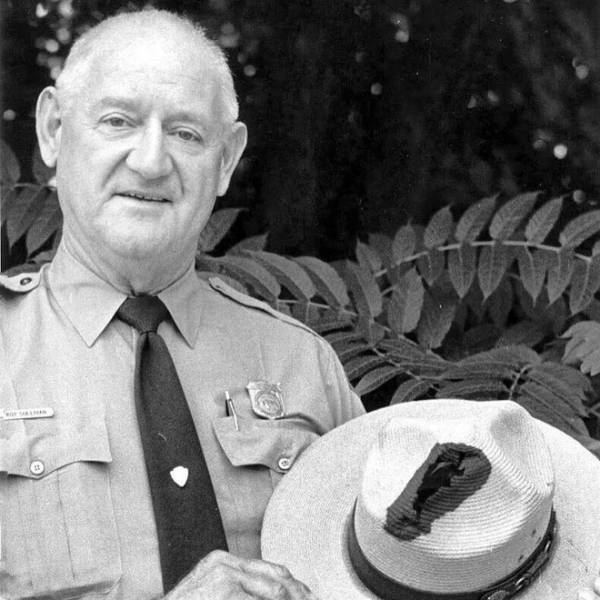
Roy Sullivan holding his park ranger hat. Photo by National Park Service.
Buffalo Soldiers -- Breaking new ground protecting public lands
Buffalo Soldiers were among the first people patrolling new national parks in the American West. African-American army regiments -- formed just after the Civil War -- fought in the Indian Wars and were given the name Buffalo Soldiers by Plains Indians who saw a resemblance between their dark, curly hair and the matted cushion between the horns of the buffalo. Over 500 Buffalo Soldiers served in Yosemite National Park and Sequoia National Park as some of America’s first park rangers. With duties ranging from evicting poachers and timber thieves to extinguishing forest fires, the Buffalo Soldiers carried out many roles similar to modern-day park rangers. The presence of these soldiers as official stewards of park lands brought a sense of law and order to the mountain wilderness and their accomplishments are an integral part of park ranger history.
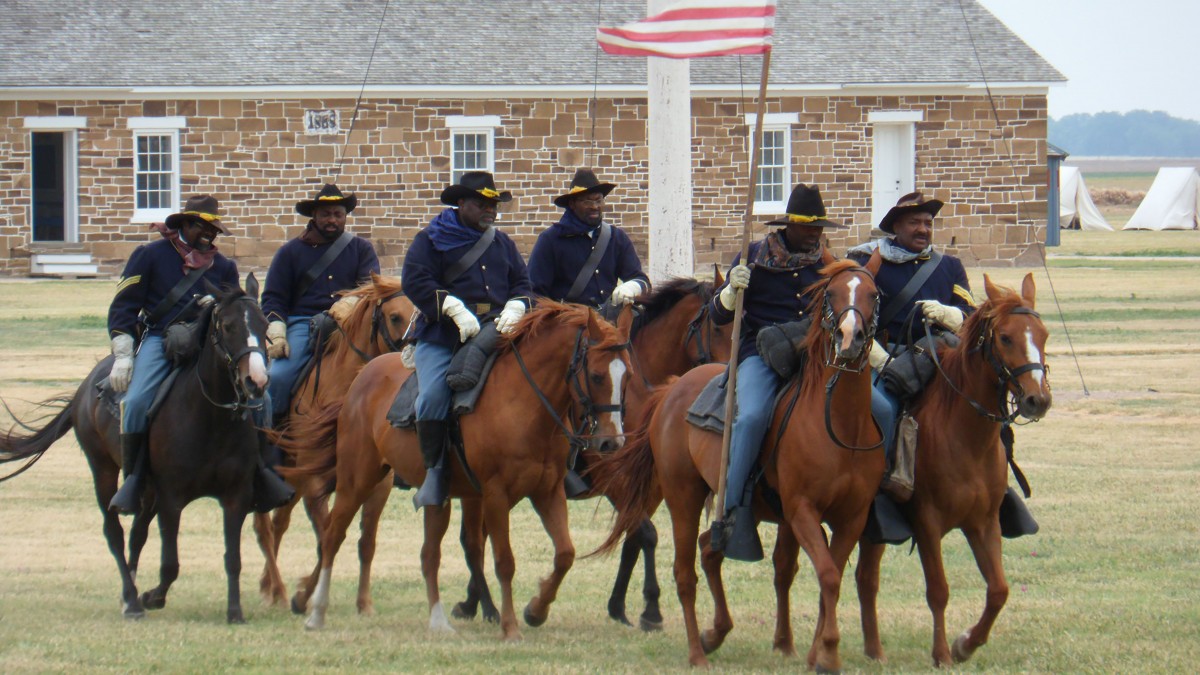 A living history demonstration of Buffalo Soldiers at Fort Larned National Historic Site. Photo by National Park Service.
A living history demonstration of Buffalo Soldiers at Fort Larned National Historic Site. Photo by National Park Service.
International Rangers -- A global mission to protect
Since 1989, the U.S. Fish and Wildlife Service has provided support to more than 700 partners in Africa, with projects that target key threats to wildlife and their habitats, strengthen capacity and forge partnerships, and build a better research base for conservation. Central Africa makes up the world’s second largest tropical forest and is home to a diverse array of wildlife including gorillas, marine turtles and chimpanzees. The Service provides financial and technical assistance to protect these unique species. Through the work of rangers across Central Africa, like those in Virunga National Park, wildlife trafficking and poaching have decreased and allowed for native species to flourish.
 Virunga rangers with sniffer dogs. Photo courtesy of Virunga National Park.
Virunga rangers with sniffer dogs. Photo courtesy of Virunga National Park.
Do you want to join these amazing men and women and continue the ranger legacy? Learn more about how you can become a park ranger.
Source: DOI








